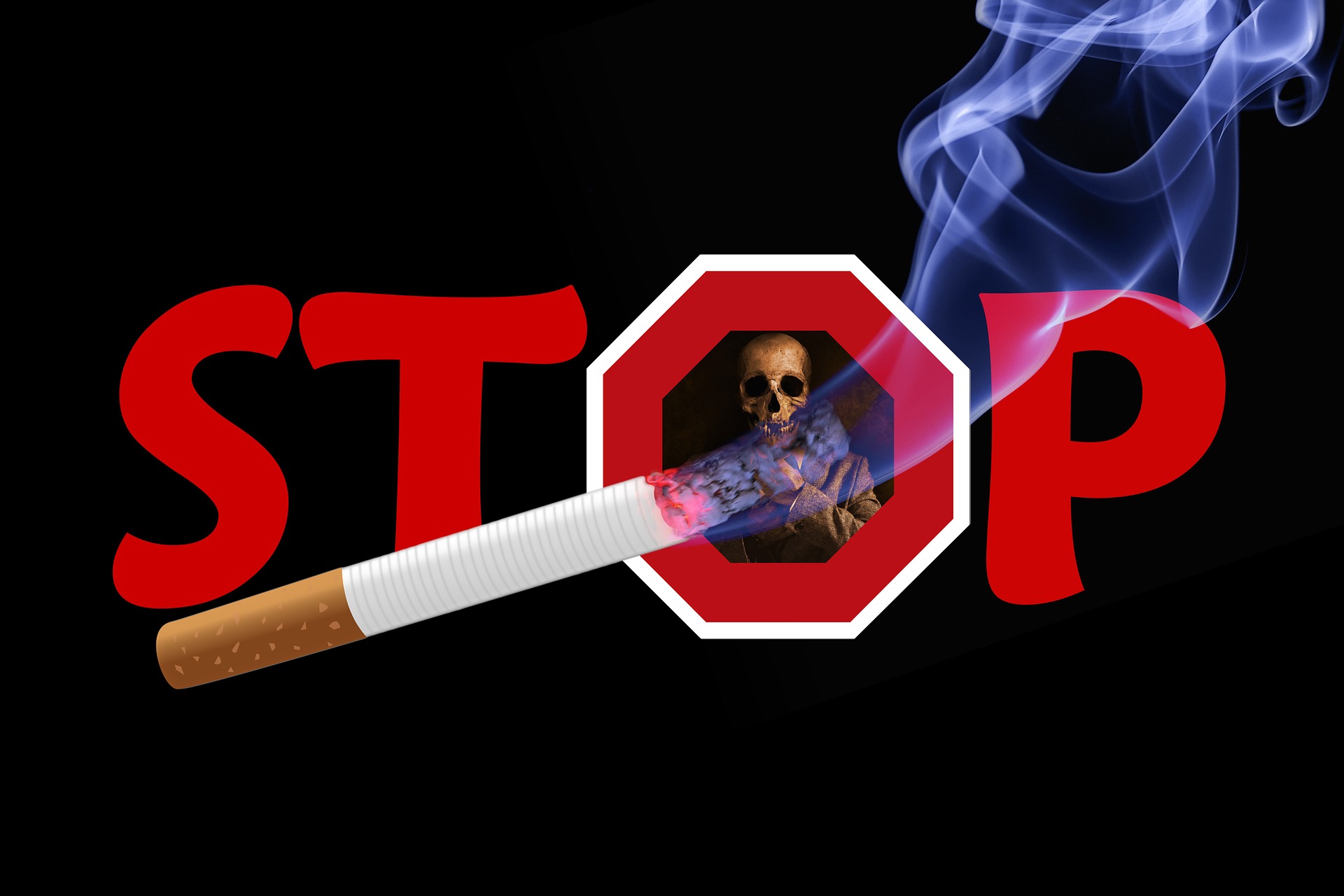Typically, as a patient who needs an X-ray, you don’t have much say in the matter. It’s a necessary tool to diagnose things like broken bones or other internal issues. And refusing to allow the X-ray could have serious consequences for the state of your care. But it’s still good to know what potential risks you are facing in any procedure.
What is an X-ray?
An X-ray is an imaging procedure that uses electromagnetic energy to produce light rays to produce images visible to the naked eye. Basically, an X-ray allows hard matter like bone tissue to show up white in an image. And it shows softer matter like skin in shades of black or gray. This is why it is an effective tool for checking for broken bones. But this emission of energy is called radiation, and it does come with some potential risks.
What are the risks of X-rays?
Any medical procedure or medication is not without some type of risk, and X-rays are no exception. The potential harm from X-rays comes from the exposure to radiation. And, according to the US Food and Drug Administration, the main risk is the increased possibility of cancer. However, the risk is thought to be very small with normal exposure. In other words, receiving routine X-rays from a procedure will probably never result in any harmful side effects. But the risks, of course, could increase with continued exposure.
What procedures expose you to radiation?
X-rays may be used for various conditions besides just broken bones. Doctors also use them to check for things like breast tumors, blocked blood vessels, lung conditions, arthritis and infections. Dentists use them to check for tooth decay and misalignments. Several other types of procedures produce X-ray images. Radiography, for example, uses the smallest amount of radiation and is common for bones. A Computed tomography, or CT scan, produces a 3D image that can be taken in sections. CT scans are common for brain injuries or suspected tumors. And fluoroscopy is used to get real-time images of internal workings. It’s most commonly used to view heart functions.
What precautions can you take to limit exposure?
Because the risk of side effects for X-rays is so minimal, most patients do not require additional protection. But in some cases, a technician may place some sort of protection over certain areas. This is usually only necessary when a patient has already had cancer or has been identified as someone at risk. For example, an X-ray technician might place a lead thyroid shield over a patient’s neck to keep from exposing a thyroid to radiation. This might be done if the patient has or had thyroid cancer. Or they might place a lead apron over areas such as the ovaries or gonads if they will be conducting numerous X-rays on them.
The real risk of radiation exposure is to the personnel continually performing the procedures. X-ray technicians usually perform a number of X-rays every day and are exposed to the rays for many hours. This is why they wear protective gear. Specially designed lead aprons and lead glasses are examples of some of the gear they might use on a daily basis. The X-ray rooms may also be designed with at least one wall containing lead that a technician may stand behind when he or she activates the machine.
All in all, the benefits associated with X-rays far outweighs any potential risk. After all, a physician may be able to save your life by detecting a tumor. And the risk of a tumor being fatal is much greater than the risk of an adverse radiation effect.






















